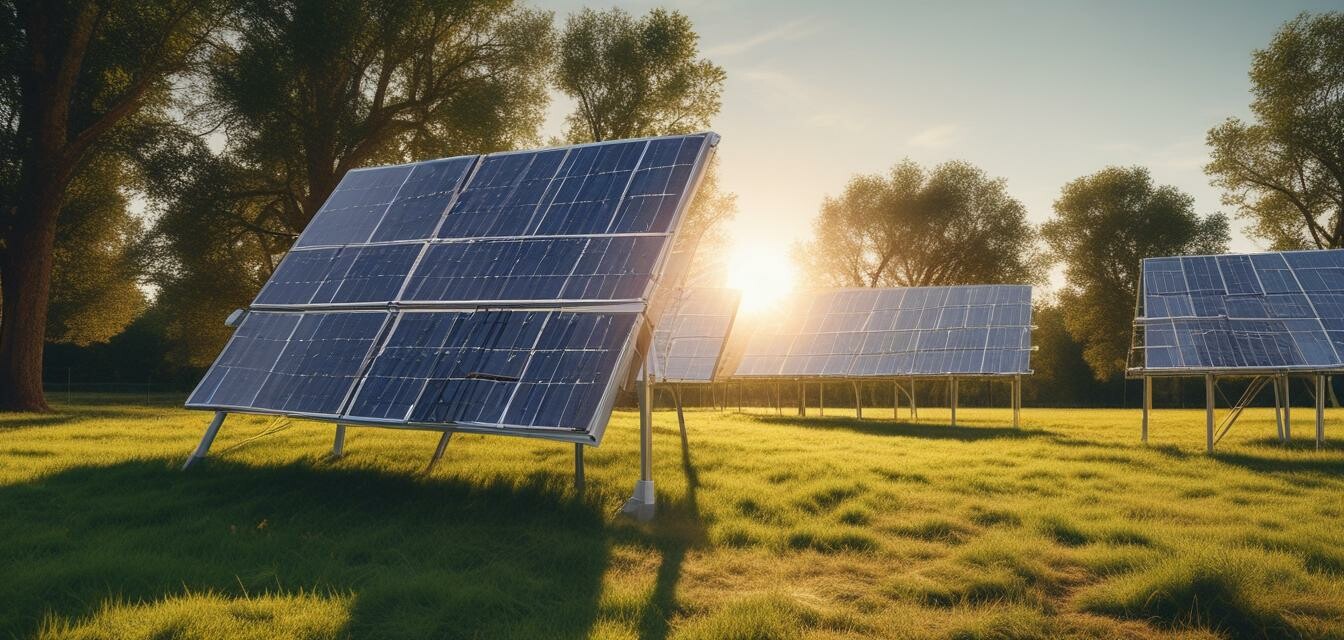
The Future of Bifacial Solar Panels: Are They Worth It?
Key Takeaways
- Bifacial solar panels capture sunlight from both sides, increasing energy production.
- They are more efficient in locations with high albedo surfaces.
- Investment costs may be higher, but long-term savings are potential.
- Technological advancements are improving the effectiveness and affordability of bifacial panels.
As the demand for renewable energy sources increases, solar technology continues to evolve. One of the most promising innovations in the solar industry is bifacial solar panels. In this article, we will explore what bifacial solar panels are, their benefits, and whether they are a worthy investment heading into 2025.
What are bifacial solar panels?
Bifacial solar panels are designed to absorb sunlight on both the front and rear sides, allowing them to harness additional energy that typical monofacial panels miss. This dual-surface functionality could lead to greater efficiency compared to traditional solar panels.
How do bifacial solar panels work?
The key to bifacial solar technology lies in its design. These panels use transparent backsheets or glass, allowing sunlight to penetrate and be reflected back to the solar cells. The amount of energy generated also depends on the area surrounding the panels. When installed strategically, bifacial panels can capture sunlight that reflects off surfaces such as snow, sand, or light-colored concrete.
Benefits of bifacial solar panels
| Benefits | Description |
|---|---|
| Increased Efficiency | Bifacial panels can generate up to 30% more energy than traditional panels. |
| Durability | Typically constructed with robust materials, these panels often have a longer lifespan. |
| Lower Levelized Cost of Energy (LCOE) | Higher energy output can result in lower costs per unit of electricity generated over time. |
| Improved Aesthetics | Many bifacial panels include sleek designs that enhance the visual appeal of installations. |
Cost considerations of bifacial solar panels
While the initial investment for bifacial solar panels can be higher than that of traditional panels, potential savings over time can be significant. When considering your options, be sure to evaluate the levelized cost of energy, which factors in both the initial investment and the total energy produced throughout the panel's lifespan.
Pros
- Higher energy yields from both sides of the panel.
- Enhanced environmental performance in suitable locations.
- Longer warranty periods due to superior durability.
Cons
- Higher upfront costs compared to traditional panels.
- Installation considerations may require additional planning.
- Performance may vary based on location and reflectivity of the surroundings.
Comparing bifacial and traditional solar panels
| Feature | Bifacial Solar Panels | Traditional Solar Panels |
|---|---|---|
| Energy Production | Higher, due to dual-side capture | Lower, single-side capture |
| Lifespan | Typically longer | Standard lifespan |
| Initial Cost | Higher | Lower |
| Efficiency in Reflective Areas | Very efficient | Less efficient |
Are bifacial solar panels worth the investment?
The decision to invest in bifacial solar panels largely depends on your specific circumstances, including location, budget, and energy needs. Homeowners and businesses situated in areas with high reflection potential may particularly benefit from the enhanced efficiency these panels offer. However, it's crucial to compare both upfront and long-term costs to make an informed decision.
What to consider before buying bifacial solar panels
- Your location: Consider the reflectivity of surfaces around your home.
- Incentives and rebates: Check for local government programs that promote solar energy.
- Long-term savings: Calculate potential energy savings over time to see if they justify the upfront cost.
- Installation requirements: Ensure you have adequate space for proper installation to maximize efficiency.
Conclusion
Bifacial solar panels represent a significant advancement in solar technology. As their efficiency continues to improve and costs potentially decrease, they may prove to be a wise investment for many. Staying informed about developments in the solar industry can also help you make better decisions about renewable energy solutions. For further insights into various solar solutions, check out our solar panels and buying guides, which can guide you in making an informed decision about your solar needs.


